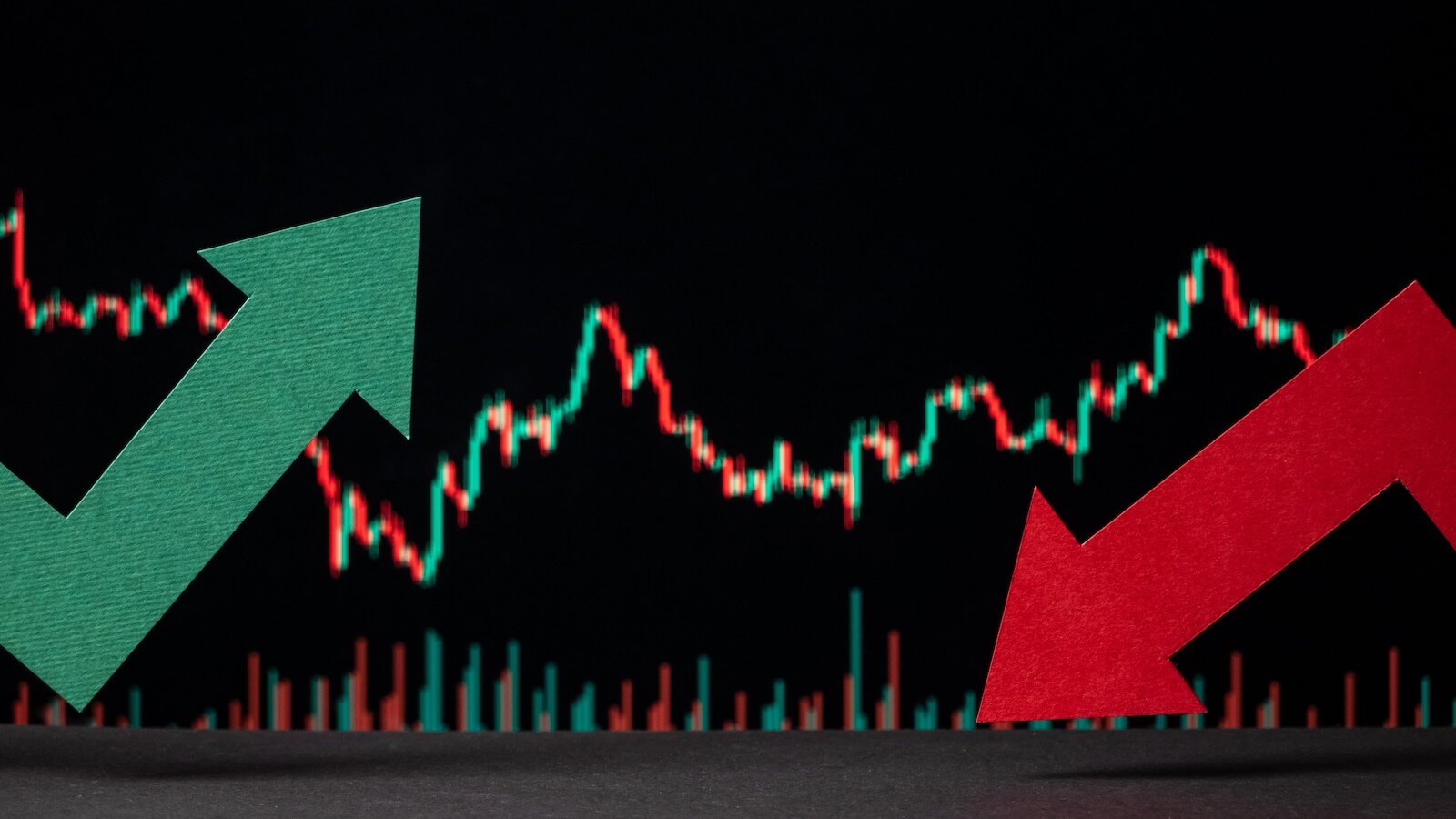
I twisted around a famous quote to make my point. It’s understandable human nature that after the excitement of the hunt (i.e. stalking), and the satisfaction of a capture (i.e. buying), that digestion (i.e. monitoring) is simply not an activity most investors want to dwell upon. But the price of ignoring this crucial activity will lead to issues that are more serious than indigestion.
The Achilles heel for most novice investors is that they are reluctant and slow to acknowledge the importance of the “Investor Self” and the need to exercise control over many complicated inner struggles as they pertain to the complex equation of successful investing. Stock market mastery is achieved only when discipline and consistency become part and parcel of an investor’s trading personality – especially these days when information circles the globe instantaneously via the internet. You must be disciplined in your monitoring efforts or the cliché “you snooze, you lose” will apply.
Monitoring your investments is akin to athletics. At the Olympic level, sprinters’ reaction times are measured in the hundredths of seconds, and their out-of-the-block starts determine, to a large degree, their ultimate positions at the finish line. Always remember that everyone else’s eyes are on the same exit sign that you’re staring at. If the trend turns against you, the first loss is always the cheapest. Don’t wait for a giftwrapped invitation to the selling party! Monitoring is all about you, the investor.
As I see it, there are three essential elements to monitoring your investments effectively. The first being the “Investor Self” which I just discussed. The second element is having a system that works and that you believe in – one with which you can remain engaged. This system of yours should utilize the power of both software and hardware to your advantage. It should also put your brokerage house to work for you via carefully set alerts and triggers that will let you know when anything happens requiring your attention. Having portable hardware with which you can comfortably travel will also allow you to take your office with you on the road and is an important part of any successful investor’s system today.
Equally important is the organization of your chartlist information (containing sister stocks, the appropriate sectors and the industries) as well as the pre-formatted charts that allow you to apply your key indicators to your monitoring analysis in a regular and consistent manner.
Lastly, the third leg of monitoring requires implementation of your routines. It’s the activity module. It’s a fact: mental stops don’t work. The best and brightest investors I know always adjust their stops, alerts and triggers electronically or on a matrix of their own design. They also stay on top of upcoming earnings dates, analysts’ earnings trends, historical dividends and distribution dates for their stocks, ETFs and mutual funds. Yes, even chartists like myself need to stay atop key fundamentals.
Don’t forget to stay vigilant to your portfolio allocations. Never lose sight of how your individual bullish equities are impacting your total portfolio exposure to a specific sector. Much academic research has been done proving that a winning asset allocation strategy will determine a significant percentage of your return at the end of the year.
Finally, stay focused and archive all your trades. Keep notes detailing why you took on a particular position and how you tracked its journey as the trade played out. Review your performance upon closing out the position. Significant profitability leaps can be achieved by investors from lessons learned throughout the monitoring stage.
Once you believe and embrace the reality that a meaningful percentage of your profitability as an investor is determined by how you rule the “monitoring kingdom” which resides between buying and selling, the closer you will be to achieving stock market mastery.
Trade well; trade with discipline!
-- Gatis Roze





